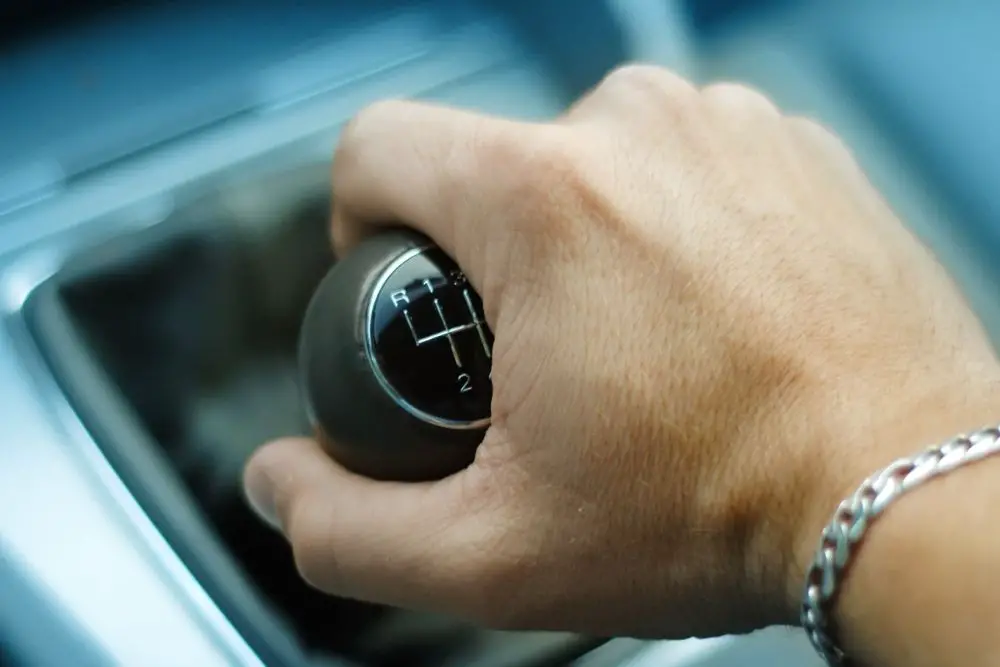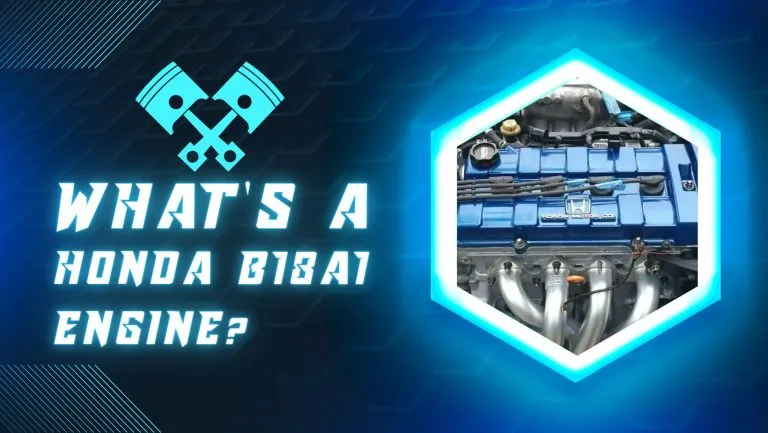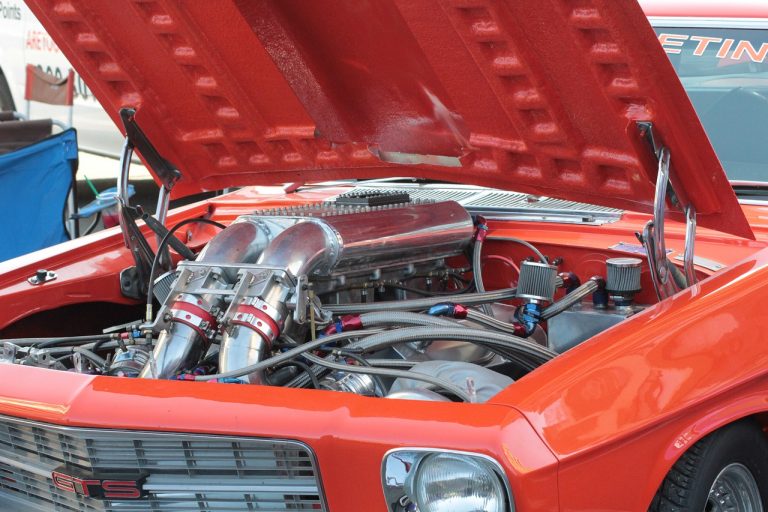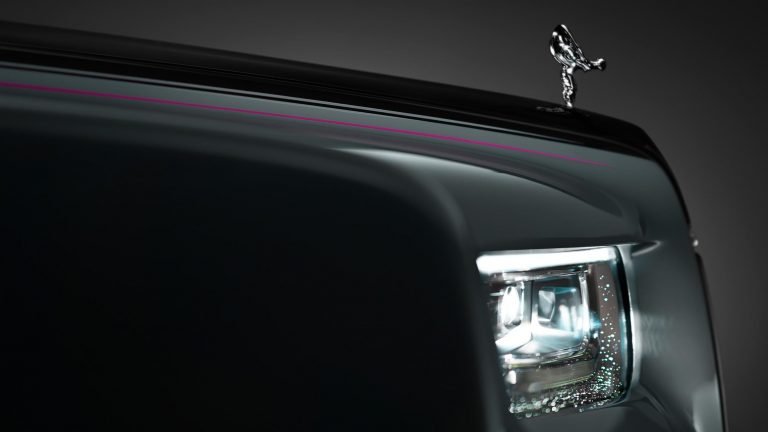How to Downshift – Explained
High performance racing requires skill and speed. Mastering the art of gear-changing can shift your racing abilities up several notches. Being able to downshift like a pro results in onlookers viewing your racing capabilities from mediocre to ‘could that be sonic?’ levels.
Luckily, everyone can learn and perfect this skill. In doing so you will achieve high performance driving. Read this article for must-know information on how to downshift your vehicle. We delve into all the facts around downshifting and provide easy to follow instructions for automatic and manual transmission vehicles.
Read on to understand how to downshift perfectly, and the benefits and disadvantages. Of this technique. Don’t forget to scroll down to read important final thoughts on the topic.
What is downshifting in a vehicle and why do people do it?
Downshifting refers to shifting from a higher to lower gear. The reason people employ downshifting is speed-related. Usually found in the racing world, it is done in order for the driver to be able to accelerate as quickly as possible, when exciting a corner. Speed is of the essence.
Other reasons people may choose to downshift rather than brake is due to the significant long-term saving on gas and their brake system.
What is heel-to-toe downshifting?
A racing driver must brake hard when entering a corner. Upon exiting that corner the driver must be in the right gear to achieve optimal acceleration. Saving time is key in this field. By using the heel-to-toe technique, it prevents a loss of precious time, that otherwise would be caused from finding the right gear or stabilizing your vehicle.
Downshifting allows the driver to apply brakes and shift down at the same time. Heel-to-toe downshifting means being able to match the RPM (revolutions per minute) of the following gear down. This is done by pressing the heel on the gas pedal (referred to as ‘blipping’), and then using the toe to brake.
This technique is used in a manual car and achieves an unbelievably smooth and seamless result, that ultimately saves time. Each gear change takes approximately 1 – 2 seconds.
Learning heel-to-toe downshifting takes time and should be done in stages. It is important to first learn the steps and then get in the car to practice. Basic driving techniques, such as driving line and how to brake, must be learned After time you will become an expert on the track.
What RPM is needed to downshift?
RPM stands for revolutions per minute. It tells you how fast the engine is performing. RPM lets you know how many rotations are made by the crankshaft each minute.
For effective and smooth downshifting in a manual transmission, the RPM on the tachometer should read about 1000 RPM. To shift up, it should be at around 3,500 RPM. This ensures optimal power can be acquired. For automatic vehicles, the RPM should be 2000- 2,500 RPM. An increase on this puts extra pressure on the engine and a subsequent fuel wastage.
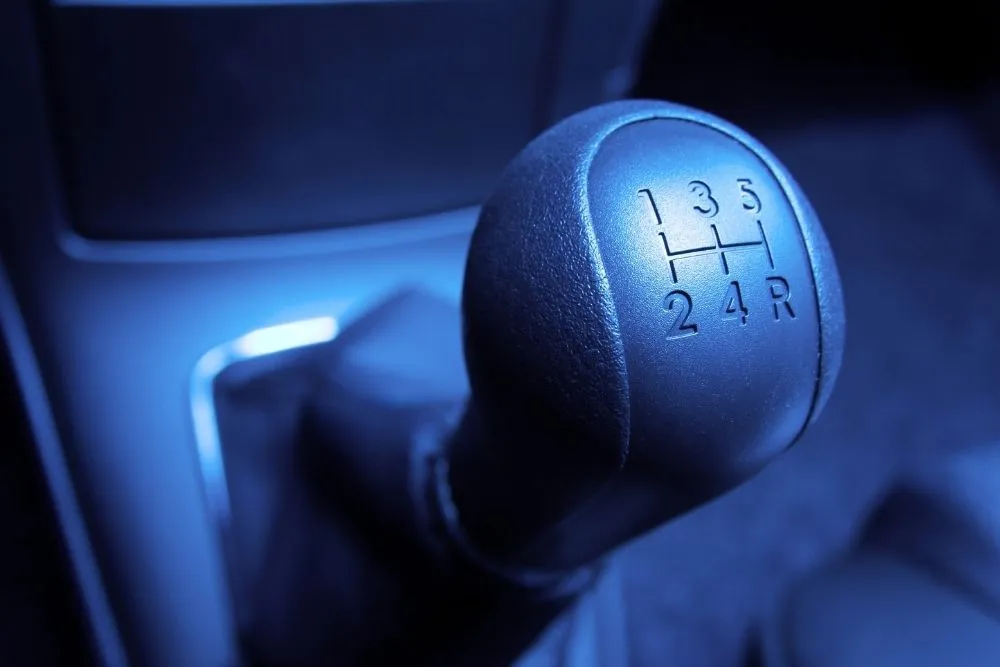
How to downshift your manual transmission car properly and smoothly
1. Apply brakes – Upon approaching a corner, remove your right foot from the gas pedal, whilst putting the necessary pressure on the brakes. At this time you need to place your right hand on the shifter. Try to practice improving speed and make sure your left foot rests on the clutch so it is in position and ready.
2. Clutch – Next, press down on the clutch (quickly), whilst simultaneously moving the shifter into neutral position.
3. Release – Once in neutral release the clutch, remembering to use the brakes throughout this fast process.
4. Blipping – As you keep the ball of your foot on the brake, you should be moving the heel of your foot onto the gas pedal. Quickly press the gas pedal between 40 – 70% of total acceleration. This prevents vehicle instability.
5. Positioning – Keeping the ball of your foot on the brake, move the heel of your foot off the gas until you are ready to repeat.
6. Shift and release – Apply the clutch, shift down a gear, then release the clutch.
5. Repeat.
Downshifting an automatic: the how and why
The main purpose of downshifting an automatic is to adjust to an immediate driving situation. This might include handling low-traction due to slipping in snow or mud. You can get the torque under control by maneuvering into first gear (found under the ‘L’ symbol).
Dual-clutch or automatic-manual transmissions have the beauty of internal clutches, rather than a traditional torque converter. This enables gears to be pre-selected, resulting in superfast gear change. This is achieved with a steering wheel paddle, as well as the genius of automatic and smooth-as-silk throttle-blipping abilities. Better yet, it is achieved without needing to use a clutch pedal. This is great for messing about in a power car or in slippery low traction situations.
Benefits of downshifting in a manual transmission
1.Great for racing, saving time, and stay in gear.
2/ Helps to keep the vehicle stable in hard-brake scenarios
3. Saving on brake costs
4. Saving on gas
Disadvantages of downshifting in a manual transmission vehicle
1. Incorrect downshifting results in damage to the car.
2. Wear and tear on the clutch.
Benefits of downshifting in an automatic transmission vehicle
1. Helps to regain control in low-traction situations
2. Fun to experience in a high-powered dual-clutch vehicle
3. Easy to do and optimal results – the driver just needs to paddle-shift to achieve this.
Disadvantages of downshifting in an automatic transmission
1. Not great to frequently do – the health of your automatic will suffer if this is a regular occurrence. It causes excessive wear on the transmission system.
Final thoughts
Here are some key points to consider when downshifting your vehicle. When done correctly, downshifting isn’t too bad for your car. Make sure you slow down to the speed required for the lower gear and always use both braking and downshifting together, as needed. The goal is never press to hard on the brakes or downshift at speeds that are too high. Skipping gears is absolutely fine when downshifting. Through a little effort and practice you can acquire a practical and totally fun skill!

